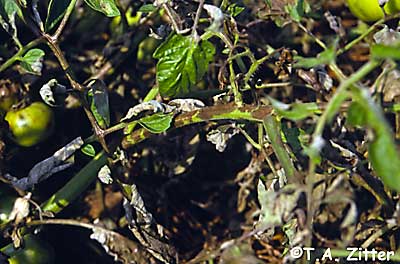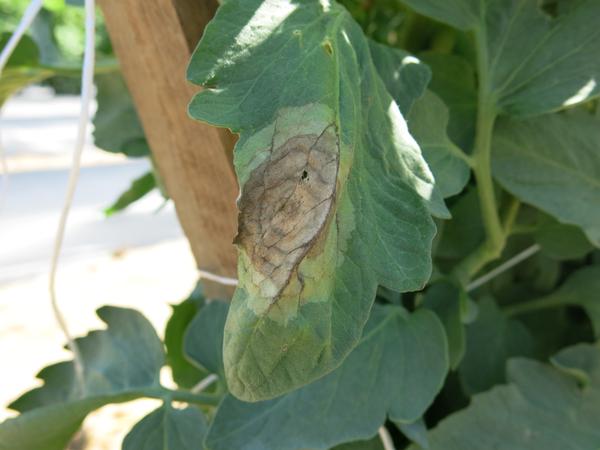
Late blight is a recurring problem in the northern hills every year. Exceptions are in the northern and north-eastern hills, where potato is a summer crop, and the southern regions, where potato is an autumn crop. Potato is a winter crop in most parts of India. India is the 2 nd largest producer of potato with 80% of the total production in the northern and eastern parts of the country. Among these outbreaks, the most recent and severe one in India occurred in the eastern and north-eastern regions, primarily in the state of West Bengal in 2014 28. Many other late blight epidemics were also reported during 1990 to 2014 throughout the world. The spread of new aggressive lineages has led to an increase in late blight incidence in India and represents a current threat to food security 27.

The highly aggressive and dominant European genotype 13_A2 was first recorded in 2004 in the Netherlands and Germany 23 and has subsequently been found in China 25 and India 26. infestans population is dominated by aggressive clonal genotypes including 13_A2 (also known as Blue_13) and 6_A1 23, 24. The pathogen is heterothallic with two mating types, A1 and A2, and the presence of both types in central Mexico and in the Nordic countries of Europe and the Netherlands has led to sexual reproduction and high genetic diversity 13, 21, 22. infestans has continued this rapid change over the past 40 years but variation in its reproductive biology and thus its genetic diversity is observed globally. This lineage was later replaced by the US-1 genotype 15, 16, 17 which dominated until the 1980s 18 and was, in turn, displaced by other aggressive clonal lineages worldwide 19, 20. The lineage containing the HERB-1 mtDNA haplotype and the FAM-1 nuclear genotype initiated the Irish famine in 1840s 9, 10, 15, 16 and was dominant and widespread in various parts of the world during the 19 th century 16.
#2017 tomato late blight reports series#
The pathogen caused widespread disease first in the US and then migrated to Europe and other parts of the world and has historically been disseminated as a series of clonal lineages. The origin of this ‘economically important pathogen’ 4 has been debated with work suggesting either an Andean origin in South America 2, 8, 9, 10 or a central Mexican 11, 12, 13, 14 origin. infestans has a large genome (240 Mb) with high levels of repeat rich sequences 7.

Potatoes are the third most important staple crop behind wheat and rice, and the pathogen represents a significant threat to food security 5, 6. infestans the most important among oomycete pathogens 1, and a persistent threat to potato production. Its aggressiveness, co-evolution with its host and a high mutation rate make P. The late blight pathogen Phytophthora infestans (Mont.) de Bary has had a major impact on both science 1, 2 and society 3, 4 and continues to do so even 170 years after the first reported outbreaks. Our data indicate the need for improved phytosanitary procedures and continuous surveillance to prevent the further introduction of aggressive lineages of P. Overall, the multiple shared MLGs suggested genetic contributions from UK and Europe in addition to a sub-structure based on the geographical location within India.

Pathogen population diversity was higher in regions around the international borders with Bangladesh and Nepal. The pathogen population was broadly more aggressive on potato than on tomato and resistant to the fungicide metalaxyl. Samples from West Bengal were the most diverse and grouped alongside MLGs found in Europe, the UK and from neighbouring Bangladesh but were not linked directly to most samples from south India. Mutations have generated substantial sub-clonal variation with 24 multi-locus genotypes (MLGs) found, of which 19 were unique variants not yet reported elsewhere globally. A migrant European 13_A2 genotype was responsible for the 2013–14 epidemic, replacing the existing populations.

The data provide new baseline information for populations of P. The population structure of the Phytophthora infestans populations that caused the recent 2013–14 late blight epidemic in eastern India (EI) and northeastern India (NEI) was examined.


 0 kommentar(er)
0 kommentar(er)
